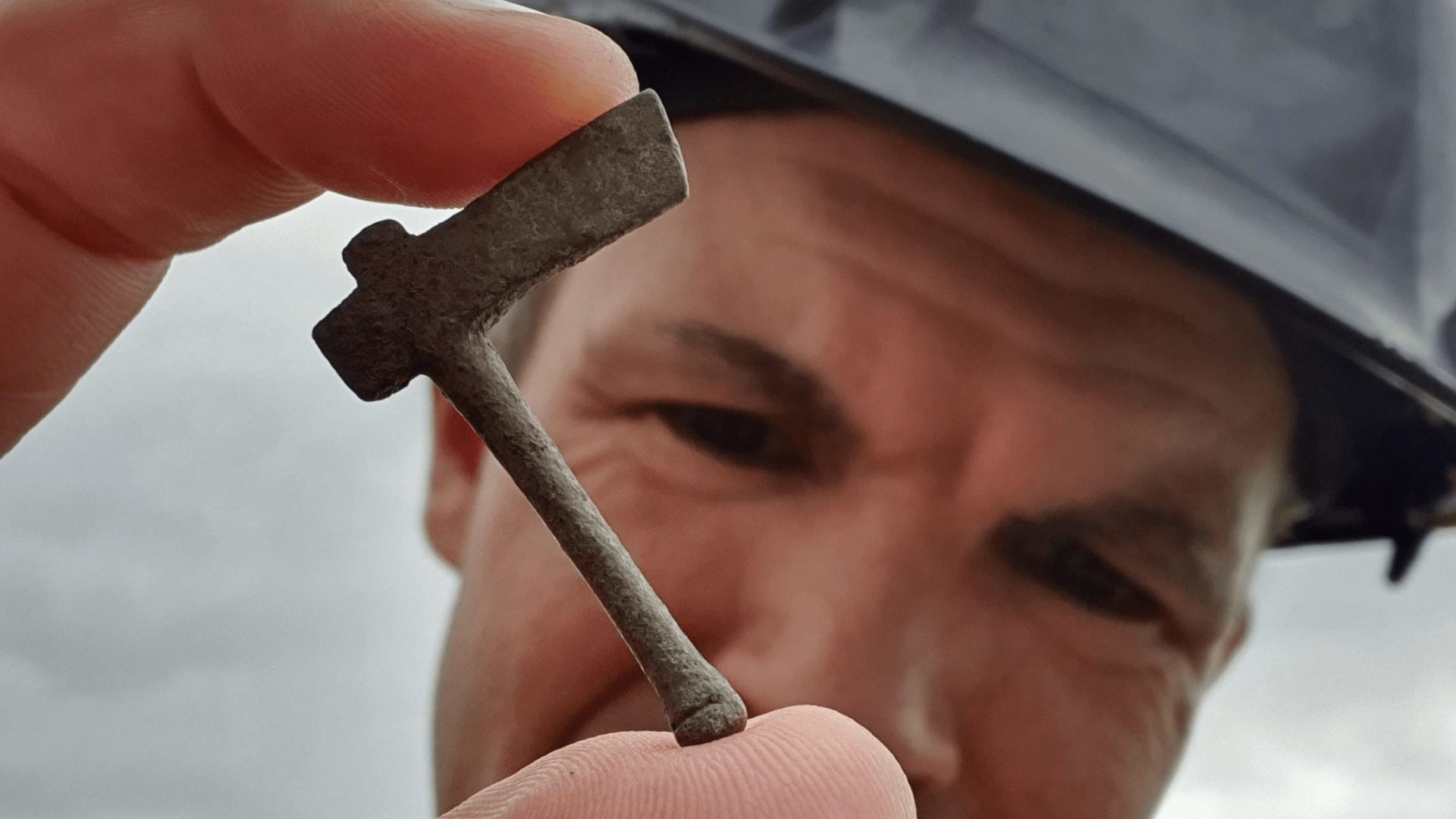
Archaeologists have uncovered a “remarkable” Roman villa complex at a Barratt and David Wilson Homes housing development in Grove, south Oxfordshire.
Findings include mosaic tesserae, hypocaust box flue tiles, miniature votive axes, hundreds of coins, rings, brooches and a horse-headed belt buckle dating to AD 350-450.

According to the Red River Archaeology Group team working on the site, the most intriguing items were the enigmatic assemblage of tightly coiled lead scrolls.
Although blank (to date) when unrolled, they recall Roman ‘curse tablets’ which, when viewed alongside the miniature votive axes, suggest a ritual or pilgrimage took place somewhere on the estate.
The Brookside Meadows site in Grove, Wantage, sits on a landscape inhabited since the Bronze Age and includes a villa complex richly decorated with painted plaster and mosaics, and a monumental hall-like ‘aisled building’ with hints of internal colonnades.
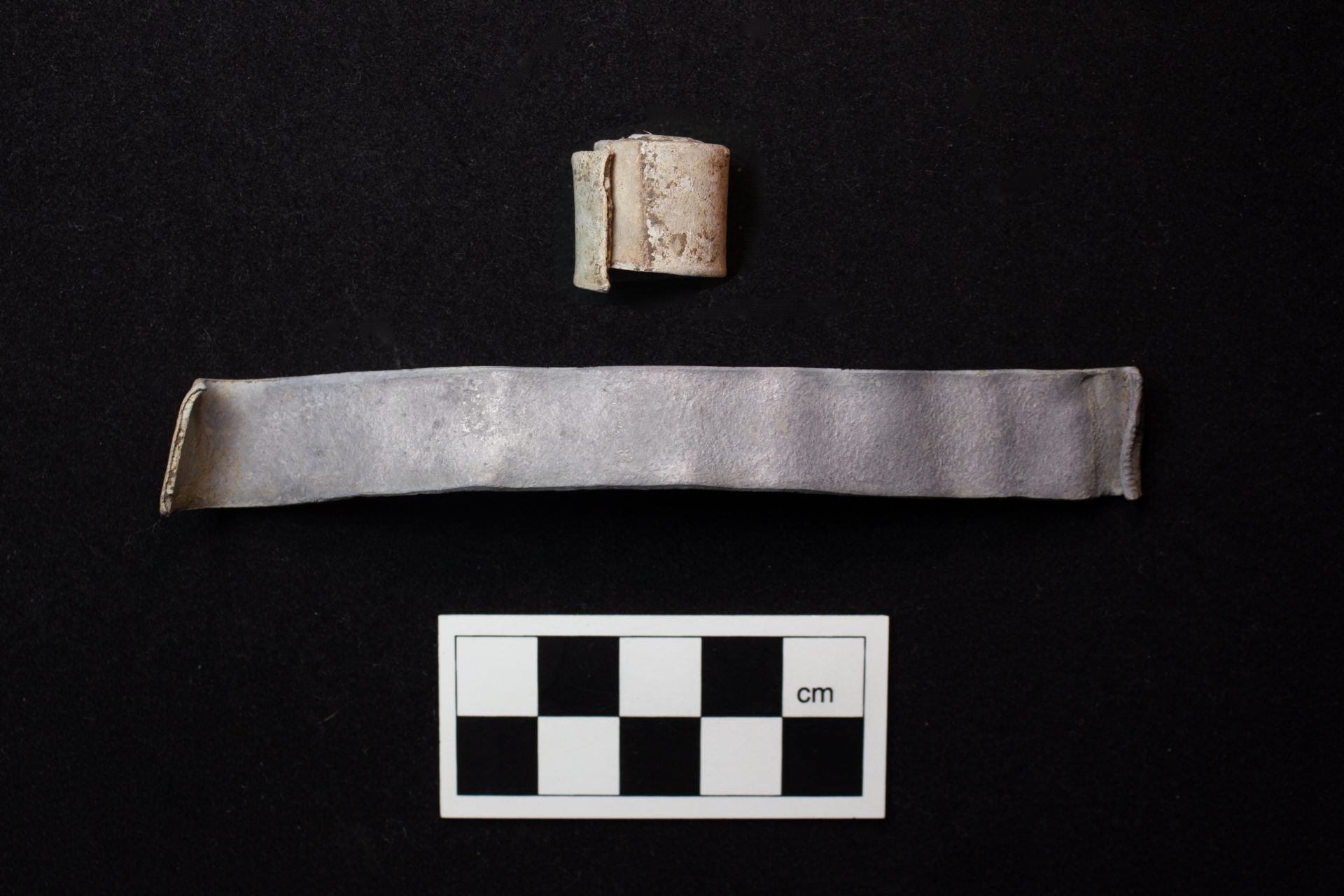
The artefact-rich site was long-lived, with Roman activity extending from the 1st or 2nd centuries into the late 4th or perhaps even the early 5th century AD.
Barratt and Wilson Homes said they work with archaeologists in the early stages of their projects as best practice to allow experts to carry out excavations in sites of interest.

Louis Stafford, senior project manager at Red River Archaeology Group, said: “The sheer size of the buildings that still survive and the richness of goods recovered suggest this was a dominant feature in the locality, if not the wider landscape”
Comments
Comments are closed.



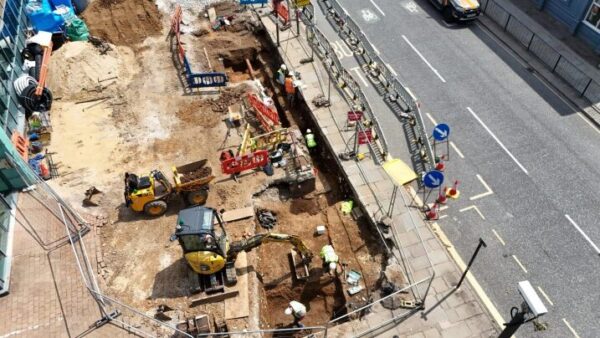
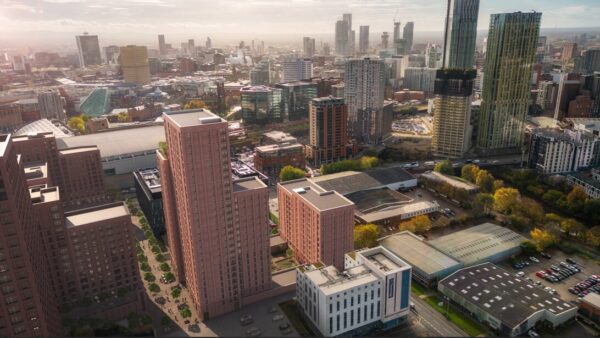


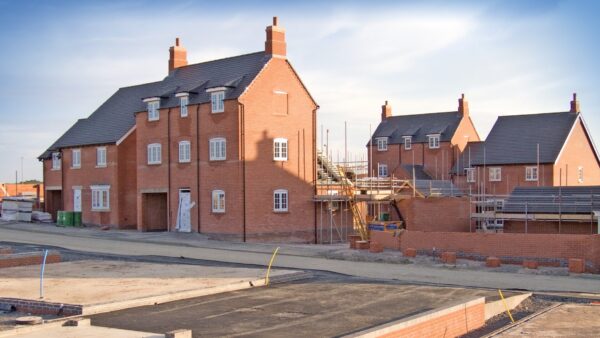




Should be an archaeological site celebrating the history and culture of the United Kingdom, not yet more homes to profit greedy corporations, wringing their hands, in an already over-populated village; most of which will offer no benefit to local people, only outsiders.